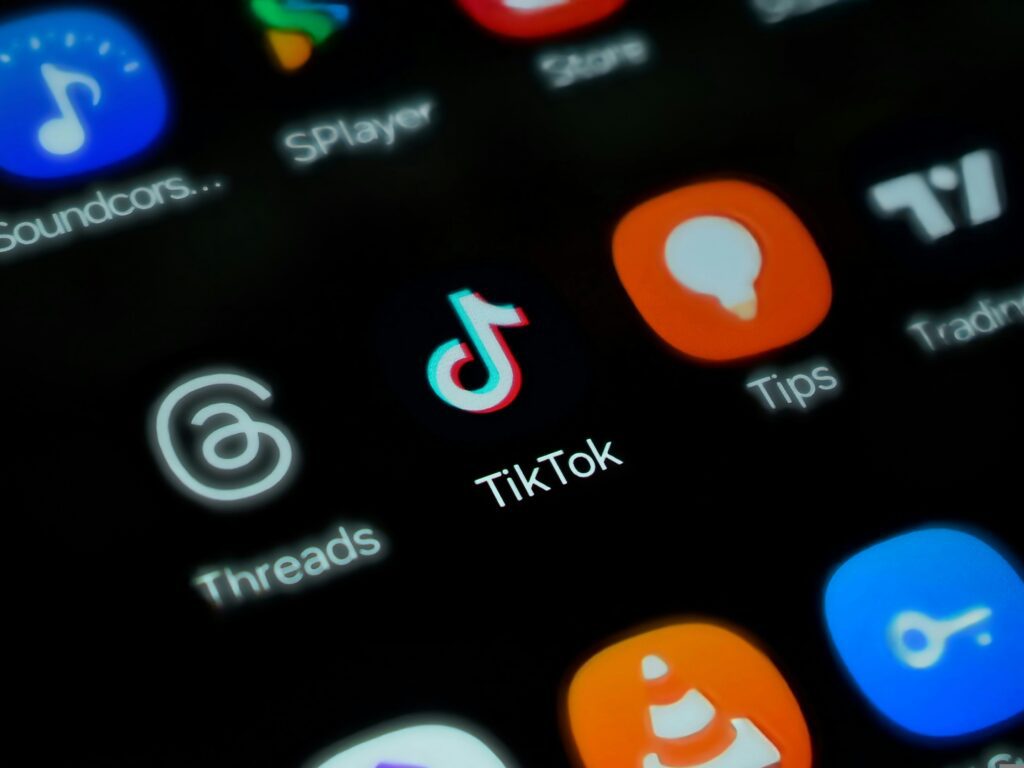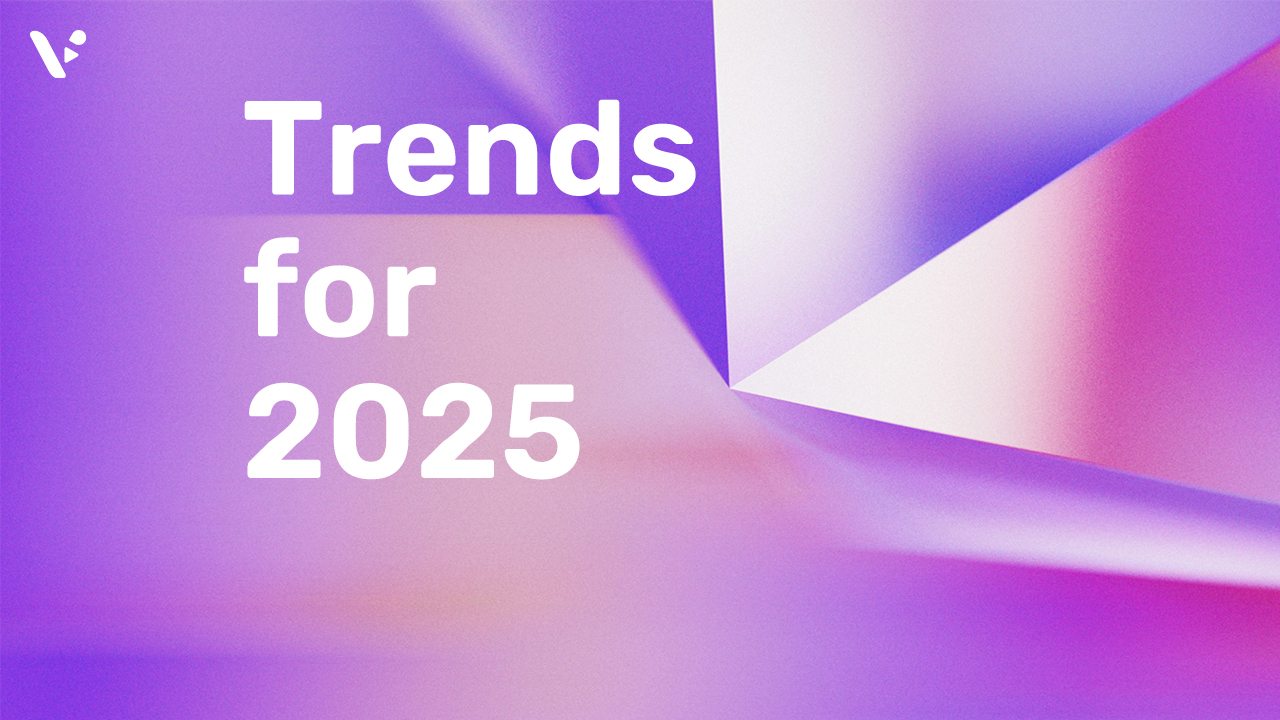Hey there! 2025 is almost here, and if you like making videos or work in marketing, things are about to get exciting. Video is going to be bigger than ever, and AI (artificial intelligence) is going to play a huge role. Let’s talk about the biggest video marketing trends for 2025, what they mean, and how you can be ready to ride the wave of innovation and opportunity that lies ahead.
1. Video ads are getting even bigger

Let’s kick things off with some big numbers. In 2024, companies are expected to spend $191.3 billion on video ads. By 2028, that number will grow to $241.9 billion (Statista). In the U.S. alone, companies will spend $84.6 billion next year. Video ads are becoming a key part of marketing strategies because they grab attention quickly and can convey a lot in just a few seconds. With more consumers spending time on video-centric platforms like YouTube, TikTok, and Instagram Reels, video advertising is evolving into an essential channel for engagement and sales.
Best-case scenario: Video ads will get better and more interesting. People will actually like watching them, and companies will make more money from ads. Creative and entertaining ads can go viral, expanding reach organically and creating loyal audiences. The combination of storytelling, humor, and striking visuals will help brands create memorable experiences that resonate long after the video ends.
Worst-case scenario: So many companies will make video ads that it will be hard to stand out. If your ad isn’t creative, it could get ignored. Plus, making ads might get more expensive. Companies that don’t innovate may struggle to compete and waste money on ineffective campaigns. Ad fatigue could set in, making consumers less receptive to repeated formats or overly promotional content.
What to do: Start working on fun and creative video ads now. The more unique, the better! Don’t shy away from experimenting with user-generated content or influencer partnerships to create more authentic and engaging ads. Consider leveraging data-driven insights to tailor ads for different audience segments, maximizing relevance and impact. Tools like Visla can help you stay ahead of the game and produce creative, engaging video ads.
2. Short videos are still on top

You know those super short TikTok videos? They’re here to stay. Short videos get twice as much attention as longer ones. People’s attention spans are shrinking (down to 8 seconds!), and companies know it. 44% of brands are planning to use short videos to sell products, and 31% say short videos make the most money (Lifewire). By the end of the year, these ads will bring in over $99 billion. The rise of platforms like YouTube Shorts and Instagram Reels further demonstrates the staying power of short-form content.
Best-case scenario: Making short videos will get even easier with AI, and people will keep loving them. Brands will use them for ads, tutorials, and fun behind-the-scenes clips. The rise of micro-moments means brands can capture audiences with quick, snappy, and engaging content. Short videos also align well with mobile usage, allowing viewers to consume content on the go.
Worst-case scenario: Everyone will start making short videos, and people might get tired of them. If the videos aren’t good, viewers will skip them. This oversaturation could lead to ad fatigue, making it harder to grab attention. The challenge will be to stay original and consistently surprise audiences with fresh content.
What to do: Focus on making fun, interesting videos that grab attention fast. Use jokes, cool effects, or emotional stories. Try out new platforms too! Keep an eye on emerging platforms that cater to younger audiences, and don’t forget to track performance metrics to see what resonates best. Use A/B testing to refine your approach and continuously iterate on successful formats.
3. AI just might be your new creative partner

By 2025, 30% of marketing messages will be created by AI (Gartner). That means AI won’t just help – it will do a lot of the work. AI can write video scripts, do voiceovers, and even edit videos. This will make creating videos faster and cheaper. AI-powered tools can personalize content for different audiences, making marketing more effective and scalable.
Best-case scenario: AI, like Visla, will help everyone make high-quality videos quickly. Small businesses can make awesome videos without hiring a big team. Large-scale video production will become more accessible, leveling the playing field. AI could enhance creativity by automating mundane tasks, freeing up time for innovation.
Worst-case scenario: If people use AI too much, videos might start looking and feeling the same. If there’s no creativity, it could be boring. Audiences might become desensitized to AI-generated content, leading to less engagement. Over-reliance on AI could result in generic, uninspired videos that fail to create meaningful connections.
What to do: Use AI, but don’t let it do all the work. Add your own creative ideas, humor, and personality to your videos. AI should be a tool, not a crutch. Make sure to add a human touch to keep content authentic and relatable. Use AI for efficiency, but let originality and storytelling drive the final product.
4. Acting asocial to social media

Here’s a surprise: By 2025, 50% of people might use social media less because they think it’s getting worse (Gartner). If that happens, marketers will have to change how they reach people. Social media fatigue is driving users to seek more meaningful and curated experiences elsewhere, with some shifting to private messaging apps and niche platforms.
Best-case scenario: Companies will make more real and interesting content to get people back. New social media platforms might show up, and early users will do really well. Niche communities and platforms may gain traction, providing new marketing opportunities. Authenticity and community-building will become the keys to sustained engagement.
Worst-case scenario: People stop engaging with brands on social media. Platforms make it harder to reach people without paying for ads. Organic reach could decline significantly, making paid ads the primary way to connect with audiences. Smaller businesses may struggle to keep up with rising ad costs.
What to do: Build communities in other places, like newsletters or private groups. Stay connected with your audience in different ways. Experiment with live events, podcasts, and direct messaging to foster stronger relationships. Consider leveraging influencer marketing to bridge gaps and create a more personal brand experience.
5. New regulations for AI might be coming

Governments are starting to pay attention to AI in advertising. By 2025, AI rules will probably affect how companies advertise and how much people trust them (Forrester). Companies will have to be more open about how they use AI. Transparency and ethical AI usage will become critical to maintaining consumer trust.
Best-case scenario: New rules will make people trust companies more. Brands that are honest about using AI will get more loyal customers. Clear guidelines will promote responsible AI usage, fostering innovation and growth. Early adopters of transparent AI practices may benefit from increased credibility and stronger customer relationships.
Worst-case scenario: Too many rules could slow down how fast AI can grow. Smaller businesses might struggle to follow all the new rules. Compliance costs could rise, making it harder for smaller players to keep up. Regulatory burdens could hinder experimentation and creative uses of AI.
What to do: Pay attention to new AI laws now. Make sure your company is honest and clear about how it uses AI. This will help build trust. Proactively develop internal guidelines to stay ahead of regulations and demonstrate a commitment to ethical practices. Engage with policymakers to help shape fair and balanced AI regulations.
FAQ: Video Marketing Trends for 2025
How can I identify emerging video marketing trends for 2025?
To stay ahead of video marketing trends for 2025, it’s essential to monitor industry reports, follow reputable marketing blogs, and engage with thought leaders on platforms like LinkedIn. Attending webinars and conferences focused on digital marketing can also provide valuable insights. Additionally, analyzing competitors’ strategies and observing audience engagement on various platforms can help identify trends gaining traction.
What is the most significant video marketing trend currently?
As of 2025, the most significant trend in video marketing is the rise of AI-driven content creation. Artificial Intelligence is transforming video production by automating tasks such as editing, scriptwriting, and personalization, enabling brands to produce high-quality videos at scale. This technology allows for more efficient workflows and the creation of personalized content tailored to individual viewer preferences.

